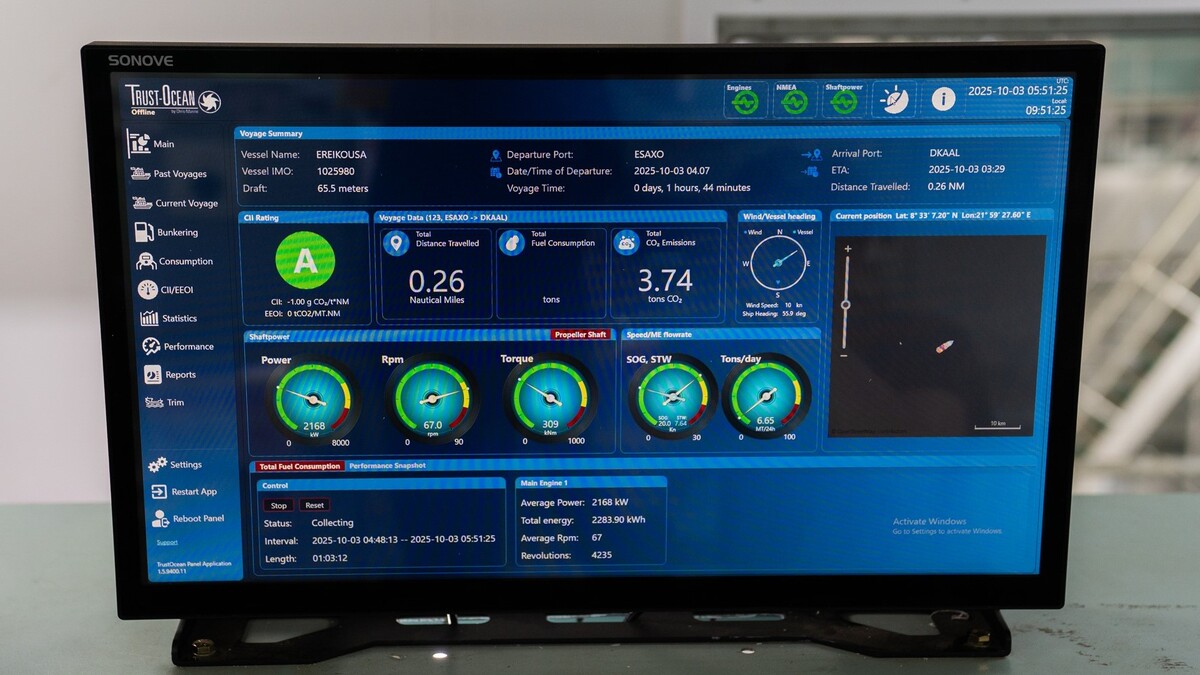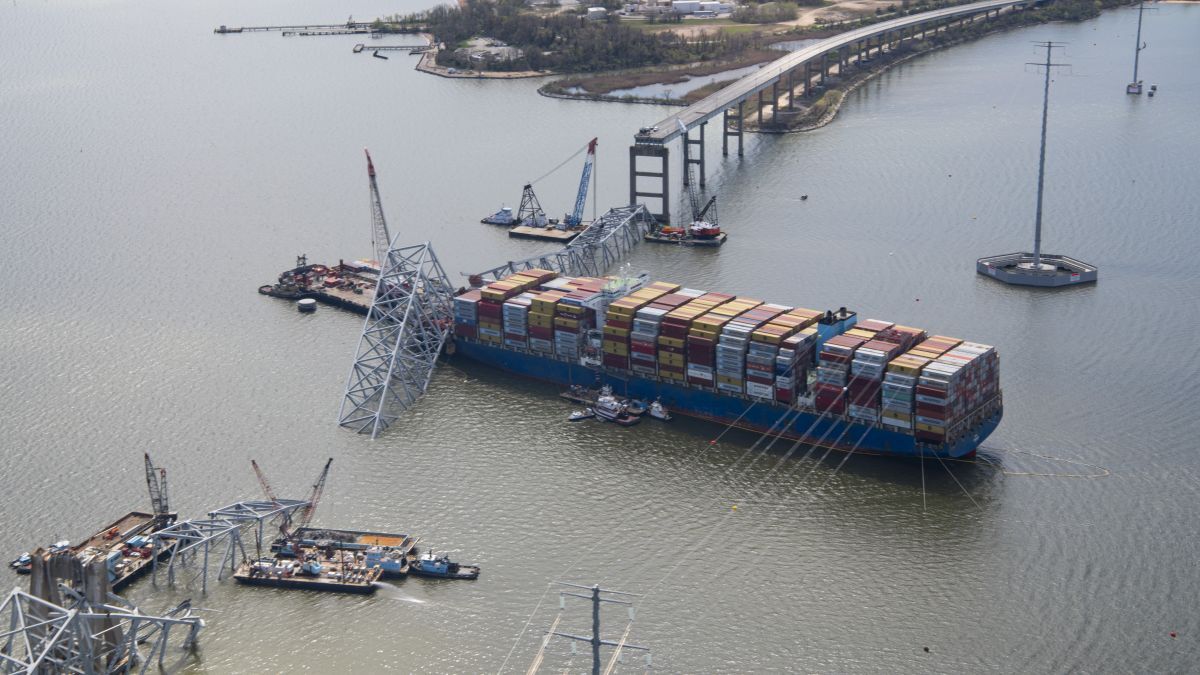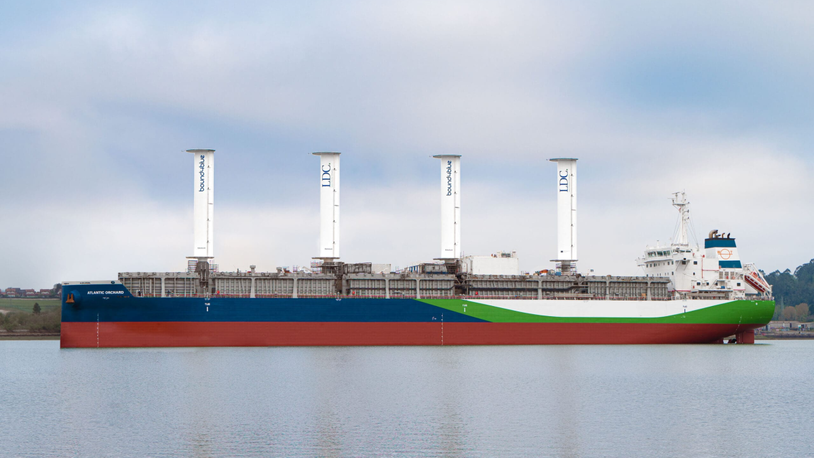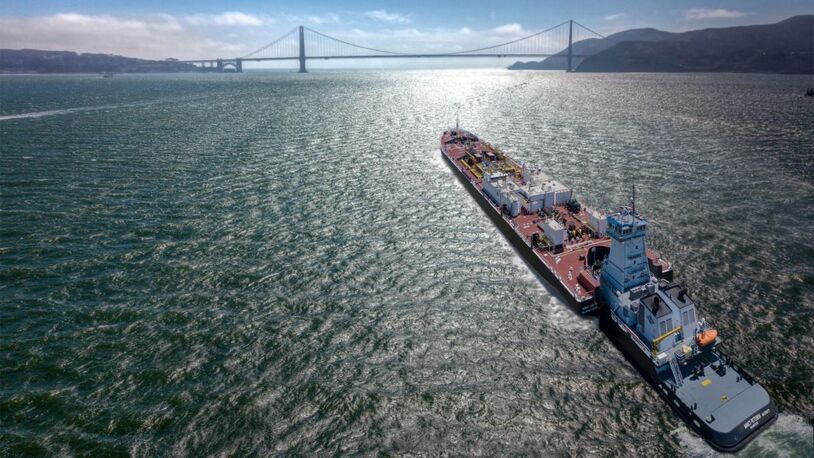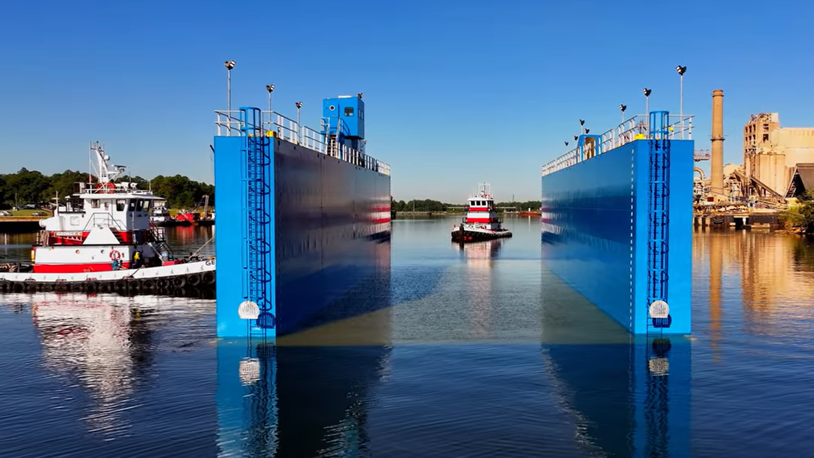Business Sectors
Events
Ship Recycling Webinar Week
Contents
Register to read more articles.
GMDSS calls rise during a turbulent year for international shipping
Seafarers face greater threats from safety and security and are making more emergency calls for assistance, according to a report by a major provider of GMDSS services
Maritime emergency communications are rising, with more seafarers requiring response services as the number of casualties and incident rates are climbing.
Seafarers are turning to the Global Maritime Distress and Safety System (GMDSS) in greater numbers as their ships encounter incidents, operational issues and accidents.
Inmarsat Maritime recorded 801 GMDSS distress calls across its networks in 2024, up 1.6% from 788 in 2023.
Tankers were involved in the highest number of emergencies, with 194 GMDSS calls, followed by 110 from bulk carriers and 88 from other dry cargo ships. This accounts for 57% of distress calls when analysed by vessel type.
Eighty-six GMDSS calls came from fishing boats, 68 from offshore support vessels and 59 from container carriers. The average rate of distress calls in 2024 was 40.4 per 10,000 registered vessels.
Vessel age impacts the number of GMDSS calls, with older tonnage and newbuilds encountering more emergencies. Inmarsat said the age of ships sending the most distress calls was 16 years, with 42 GMDSS calls, but this was followed by 39 calls from vessels during their first year in service.
Seafarers and vessel operators faced multiple issues during voyages in 2024 including geopolitical instability, conflict, severe weather events, fire and explosion, piracy, collision or allision, machinery breakdown and cyber attacks.
Inmarsat and SeaFocus’ The Future of Maritime Safety Report 2025 analysed GMDSS distress call data registered over Inmarsat RescueNET and SafetyNET services in 2024 and, where appropriate, compared it to earlier datasets. The report connected distress call data to broader trends in maritime security, environmental hazards, and operational vulnerabilities.
Based on a seven-year average, Inmarsat receives around 800 distress calls each year, with 2023 below that average.
Other safety reports indicate global shipping casualties and incidents rates are climbing. From distress call data, cause and effect are clearly discernible, said Inmarsat in its report.
This report highlighted risk areas – with flashpoints in the Red Sea, Black Sea and South China Sea, which endanger ship safety and put seafarers once again on the frontline of these disputes, facing increased psychological and physical risks as a result.
With the dark or shadow fleet operating outside conventional maritime trade, more ships are using false flagging and switching off automatic identification system (AIS) instruments, causing navigational hazards.
Piracy and armed robbery incidents also contributed to shipping’s higher risk profile, while the industry simultaneously had to contend with growing cyber-security threats.
Ransomware and malware attacks disrupted port operations, navigational systems and supply chain continuity in 2024, with more than 1,800 vessels reportedly targeted in the first six months of the year alone.
These incidents exposed vulnerabilities and reinforced the need for robust cyber-resilience strategies across fleets and shore-based operations.
The report said climate change exerted a parallel and intensifying influence on maritime safety in 2024.Severe weather events, such as increasingly destructive cyclones, flooding, extended heatwaves and persistent droughts caused extensive disruption to maritime routes and port operations.
Seafarer welfare issues also came to the fore in 2024. The International Transport Workers’ Federation reported 3,133 seafarers abandoned by shipowners, an increase of 87%.

“As I reflect on international shipping in 2024, I am struck not only by the myriad of external factors that influenced safety incidents and their outcomes, but also by how the proliferation of risks is likely to impact the future of maritime safety,” said Inmarsat Maritime senior vice president for safety and regulations, Peter Broadhurst.
“As international tensions increase in both frequency, span and magnitude, it is no longer adequate to consider safety solely from regulatory, technical or procedural perspectives,” he continued.
“Shipowners, charterers, marine insurers, P&I clubs, operators and crew members must now incorporate geopolitical risk management into their operational plans and protocols, while also effectively addressing the environmental challenges posed by climate change.”
Mr Broadhurst said maritime safety and security risks are widespread. “Acts of piracy and armed robbery continue to leave a lasting impact on those affected, and vessels are being actively targeted by groups aiming to disrupt trade for political goals.
Another challenge shipping faces comes from changes in propulsion systems and fuels on vessels as the shipping industry implements net-zero measures.
“Green fuels and other alternative means of propulsion are increasingly making their way into commercial operations. However, many in the industry remain concerned about the apparent mismatch between fuel innovation and the readiness of vessels, systems and crews to safely handle them,” said Mr Broadhurst.
“The digitalisation of shipping also accelerated. Technologies such as predictive analytics and increasingly automated bridge and engineroom functions offer major gains in safety and efficiency. Yet their adoption poses another risk – information overload, which can contribute to human error.”
He is calling on the shipping industry to collate and analyse more data and use this to improve maritime safety and prevent accidents and incidents.
“Accurate data holds immense potential to transform shipping safety – from predictive maintenance to casualty and near-miss reporting and human-factor analysis,” said Mr Broadhurst. “But data must empower crews, not overwhelm them. We need smarter systems to capture, evaluate, and utilise data more effectively without placing an extra burden on already overworked seafarers.”
Mr Broadhurst also emphasised the need for greater collaboration, “By sharing anonymised safety data, the industry can create a trusted ecosystem that strengthens standardisation and regulations, improves operations, and safeguards seafarer welfare,” he explained.
“Together, we can create one of the most powerful maritime safety initiatives to navigate us through the pressures and changes impacting international shipping in the years to come.”
Sign up for Riviera’s series of technical and operational webinars and conferences:
- Register to attend by visiting our events page.
- Watch recordings from all of our webinars in the webinar library.
Related to this Story
How new technologies help owners cut fuel costs, remain compliant
Events
Ship Recycling Webinar Week
International Bulk Shipping Conference 2025
Tankers 2030 Conference
Maritime Navigation Innovation Webinar Week
© 2024 Riviera Maritime Media Ltd.

